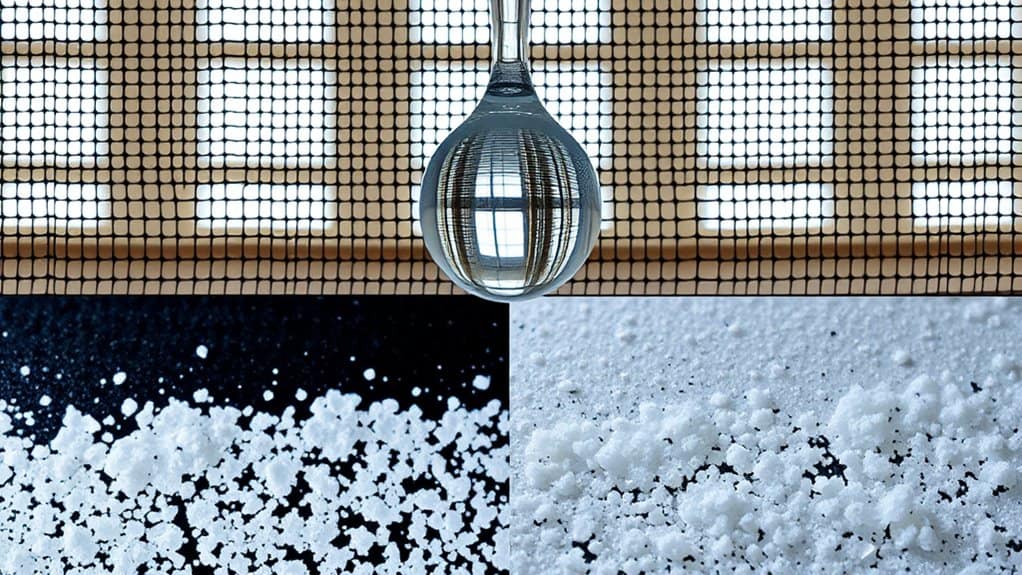Template Assisted Crystallization (TAC) has earned the “holy grail” title from engineers for its innovative approach to hard water. We’ve found this technology converts calcium and magnesium ions into microscopic suspended crystals, preventing scale buildup with 88-99% effectiveness—without salt, chemicals, or wasted water. Unlike traditional softeners, TAC preserves beneficial minerals while eliminating limescale problems. The system’s minimal maintenance and impressive economic benefits make it a revolutionary solution for modern homes.
Key Takeaways
- Template Assisted Crystallization (TAC) is considered the “holy grail” solution for hard water problems without salt or chemicals.
- TAC systems prevent scale formation with 88-99% effectiveness while preserving beneficial minerals in water.
- Unlike traditional softeners, TAC operates without adding sodium, wasting water, or requiring salt maintenance.
- TAC technology extends appliance lifespans and improves energy efficiency, leading to significant long-term cost savings.
- Developed in Germany, TAC requires minimal maintenance with only media replacement every 3-5 years.
Understanding The Hard Water Challenge: Scale, Stains and Rising Energy Costs
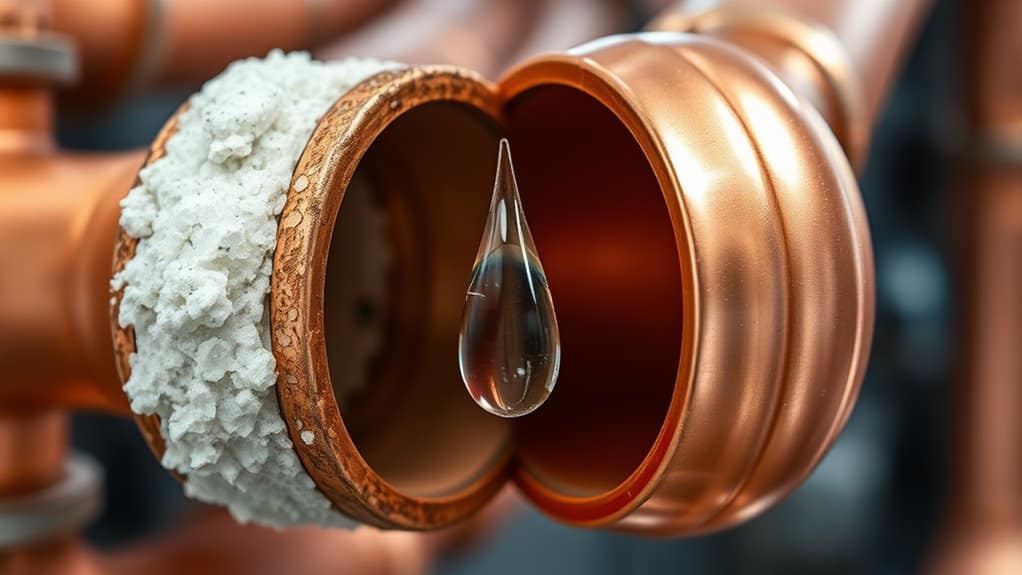
Hard water represents a significant challenge for homeowners, manifesting as a mineral-rich solution containing elevated concentrations of calcium and magnesium ions. These minerals precipitate when water evaporates, forming limescale deposits in pipes, appliances, and fixtures. We’ve observed that scale buildup reduces water flow by up to 40% and decreases appliance efficiency significantly. Water heaters with scale accumulation consume up to 48% more energy, while pipes experience an average 24% reduction in water pressure. Additionally, hard water damage can lead to costly repairs and replacements over time. Beyond mechanical concerns, hard water leaves unsightly stains on surfaces and glassware, causes soap scum formation, and may exacerbate skin conditions like eczema. Regular cleaning with natural acids like vinegar can help dissolve these stubborn mineral deposits effectively.
Traditional Water Softening Approaches: Limitations and Drawbacks
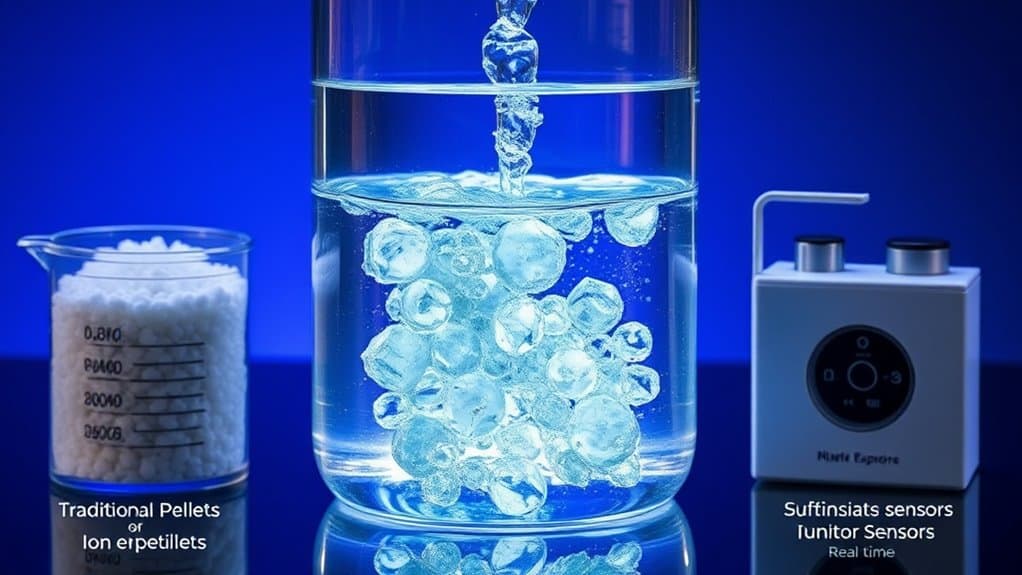
While conventional ion-exchange water softeners remain the most prevalent solution for hard water problems, they present several significant limitations that homeowners must carefully consider.
These systems add sodium to drinking water, posing health risks for those on restricted diets, while simultaneously removing beneficial minerals. Moreover, many homeowners are beginning to explore emerging technologies that offer efficient solutions without these drawbacks.
The regeneration process wastes substantial water and discharges chlorides that harm aquatic ecosystems and strain municipal treatment facilities.
Additionally, the ongoing expenses for salt, maintenance, and potential pipe corrosion make traditional softeners less appealing long-term. Many users find themselves dissatisfied with the slippery feeling texture that softened water leaves on skin and surfaces.
The altered taste of treated water and complex installation requirements further detract from their practicality compared to emerging salt-free conditioning alternatives.
Template Assisted Crystallization: Why Engineers Consider It ‘The Holy Grail’
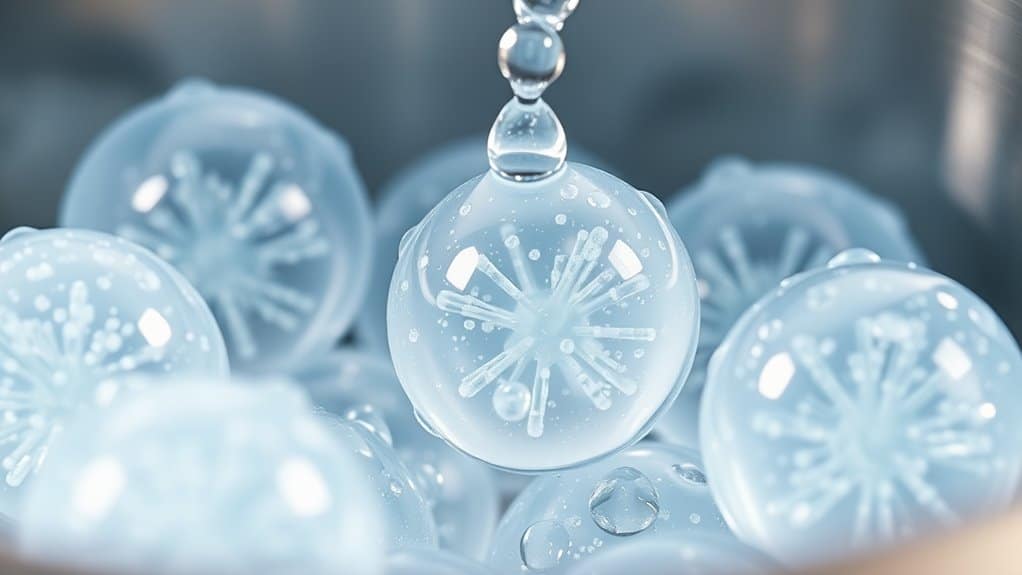
Template Assisted Crystallization (TAC) represents a paradigm shift in hard water treatment that addresses the limitations of traditional ion exchange softeners. TAC technology converts dissolved calcium and magnesium ions into microscopic crystals using polymeric beads as nucleation sites. These crystals remain suspended in water flow, preventing scale formation with 88-99% effectiveness. Water flows through resin beads that serve as the foundation of this innovative treatment process.
Unlike conventional softeners, TAC systems operate without salt, waste no water, maintain beneficial minerals, and require minimal maintenance with resin replacement only every 3-5 years. This revolutionary water softener technology not only enhances efficiency but also prioritizes sustainability in water treatment solutions.
First developed in Germany, TAC has gained widespread adoption, particularly for protecting tankless water heaters, due to its environmental profile and instantaneous processing capability.
Economic and Environmental Benefits of Modern Hard Water Solutions
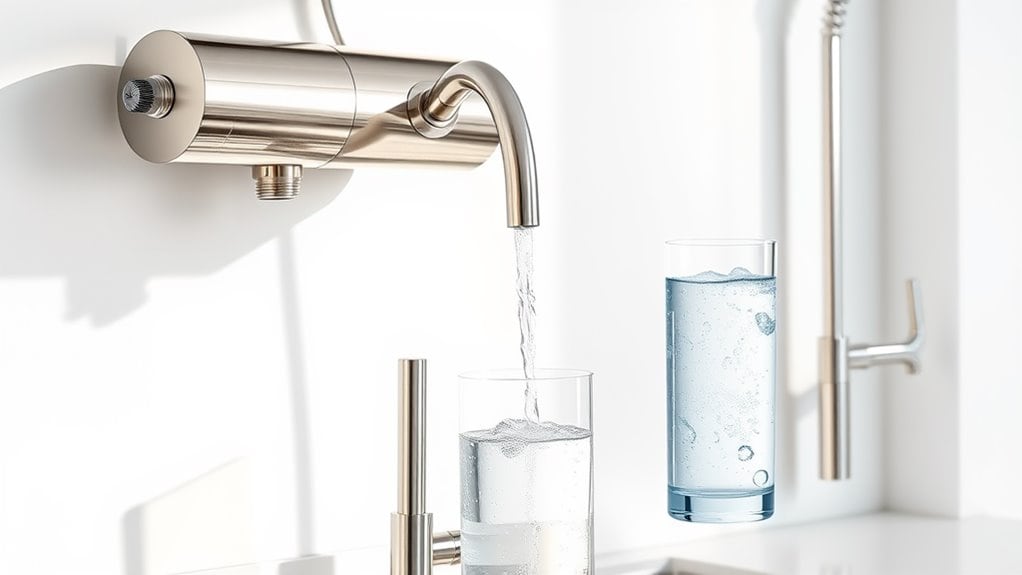
Modern water treatment solutions deliver substantial economic and environmental returns that extend well beyond their initial investment costs.
They significantly extend appliance lifespans by preventing scale buildup, reducing replacement frequency and electronic waste. Energy efficiency improves as systems operate without mineral deposits, lowering utility bills and greenhouse gas emissions.
Households using these solutions experience measurable savings through reduced detergent usage and fewer plumbing repairs. The impressive soap reduction rate of 50-75% translates to considerable financial savings over time.
The environmental impact is equally compelling—less chemical runoff enters waterways, while resource conservation improves through efficient water usage and decreased maintenance requirements.
Properly treated water also enhances property values, making these systems a prudent long-term investment.
Frequently Asked Questions
How Long Does a TAC System Typically Last Before Requiring Replacement?
We typically replace TAC media every three years due to degradation caused by impurities like chlorine, though the housing system itself can last significantly longer with proper maintenance.
Can TAC Systems Be Installed in Apartments or Rental Properties?
We can install TAC systems in apartments and rentals, though they require complex integration with existing infrastructure. The installations demand skilled technicians and may increase property value through enhanced automation capabilities.
Do TAC Conditioners Work Effectively With Well Water Systems?
We don’t recommend TAC conditioners for well water systems containing iron and manganese. These minerals coat the media and block nucleation sites, rendering TAC technology ineffective without pretreatment filtration systems.
How Does Water Pressure Affect TAC System Performance?
We need optimal pressure (15-80 psi) for effective TAC operation. Insufficient pressure hampers performance and efficiency, while our systems don’t require electricity—relying entirely on water pressure to function properly.
Are There Maintenance Procedures Homeowners Can Perform Themselves?
We recommend homeowners regularly check salt levels, clean brine tanks monthly, monitor for salt bridges, and inspect for leaks. Daily performance monitoring and detailed maintenance logs also enhance system longevity.
Conclusion
We’ve examined how Template Assisted Crystallization represents a paradigm shift in hard water treatment technology. Unlike traditional ion-exchange softeners, TAC systems modify calcium crystal structures without chemical additives or wastewater production. The resulting economic benefits—reduced energy consumption, extended appliance lifespans, and minimal maintenance requirements—coupled with its environmental advantages, position TAC as the most efficient solution to the persistent challenge of scale formation in municipal water systems.
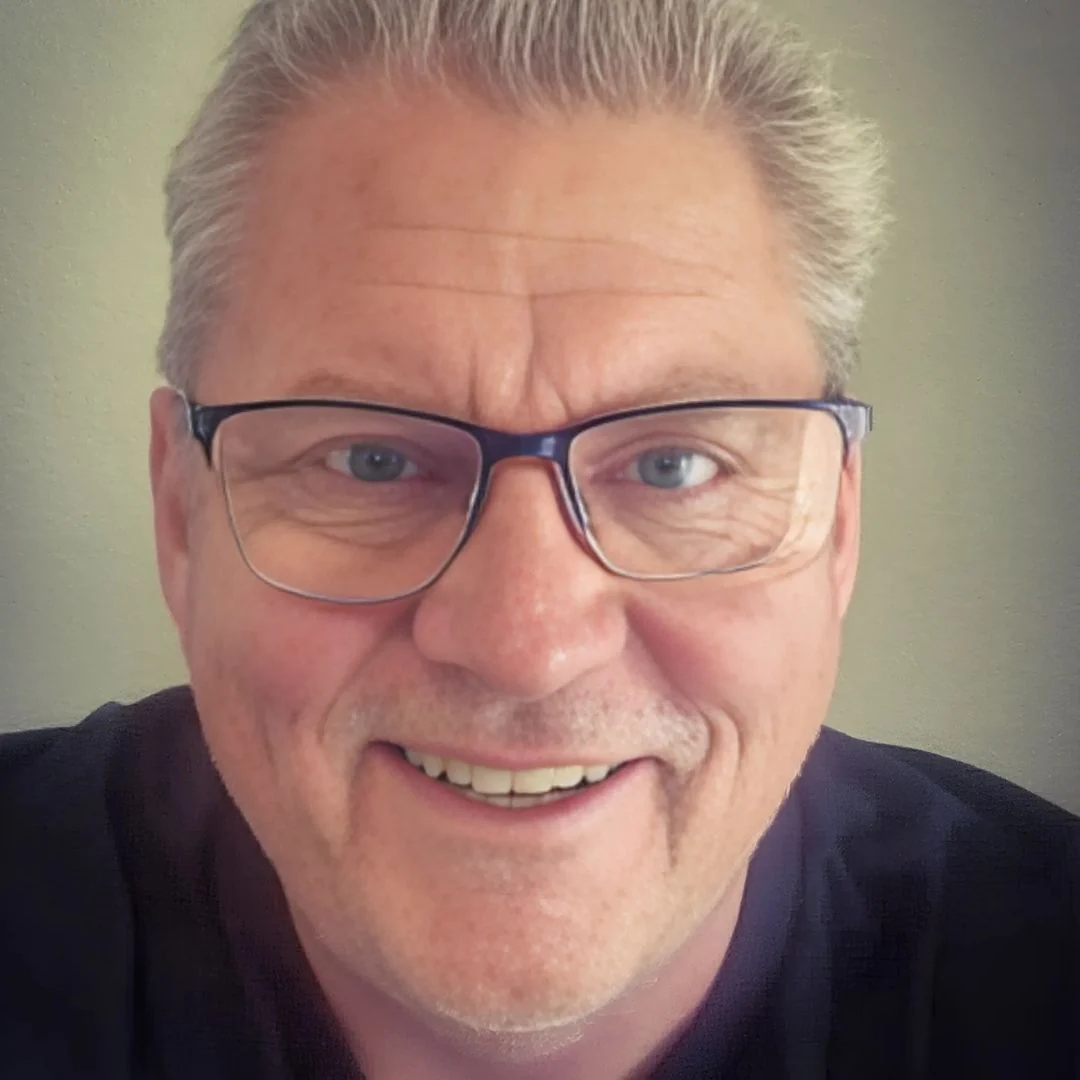
Craig “The Water Guy” Phillips is the founder of Quality Water Treatment (QWT) and creator of SoftPro Water Systems.
With over 30 years of experience, Craig has transformed the water treatment industry through his commitment to honest solutions, innovative technology, and customer education.
Known for rejecting high-pressure sales tactics in favor of a consultative approach, Craig leads a family-owned business that serves thousands of households nationwide.
Craig continues to drive innovation in water treatment while maintaining his mission of “transforming water for the betterment of humanity” through transparent pricing, comprehensive customer support, and genuine expertise.
When not developing new water treatment solutions, Craig creates educational content to help homeowners make informed decisions about their water quality.


